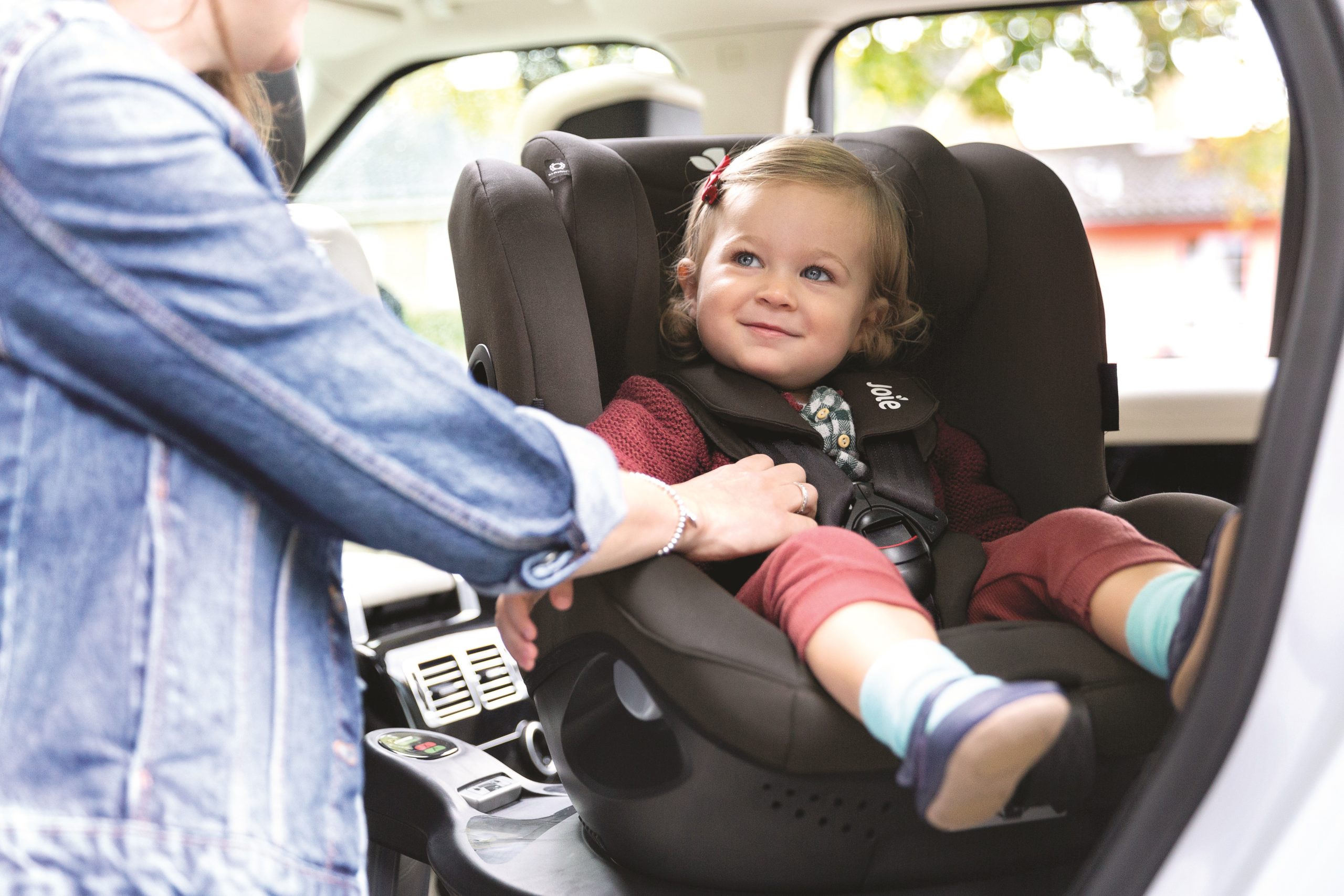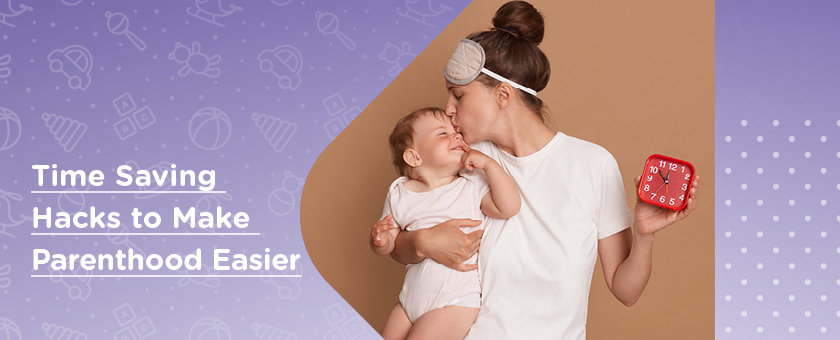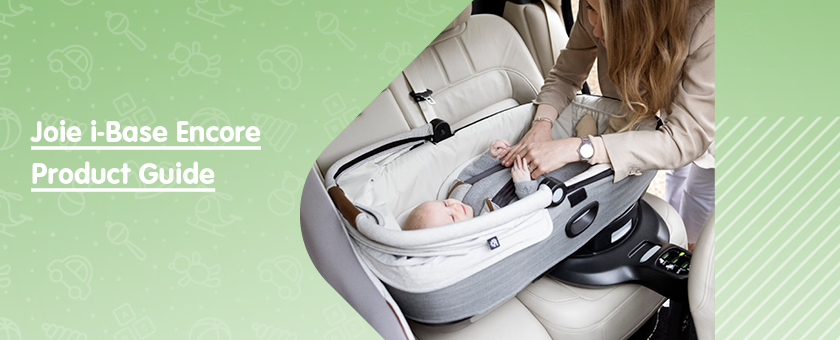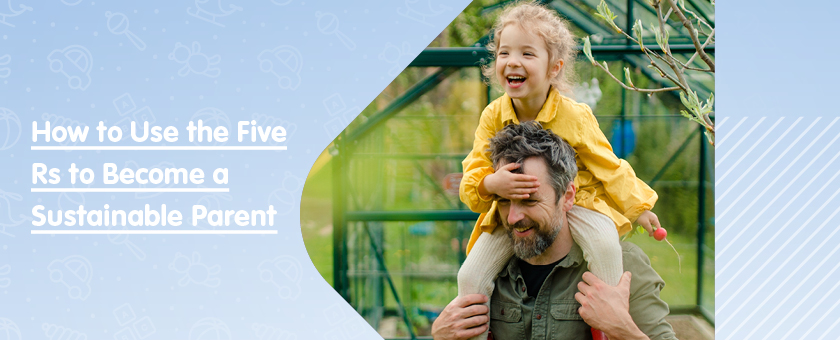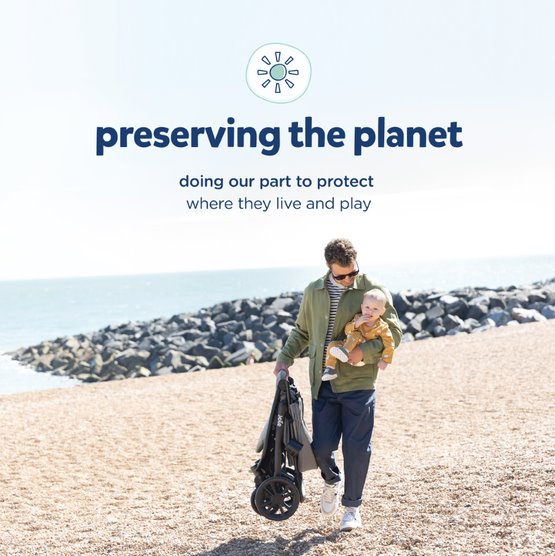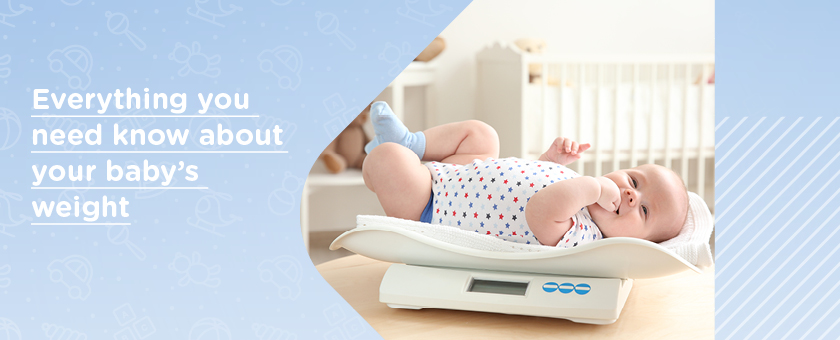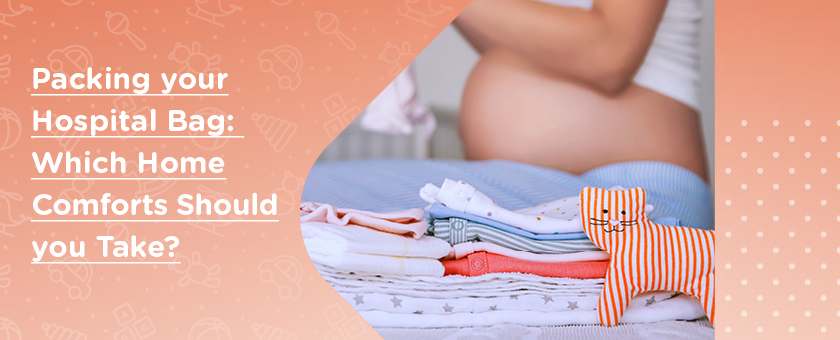Buckle up, we’ve got some important car seat safety tips for you! It’s a given mums and dads are worriers when it comes to their little ones. Whether you’re nipping to the shop or going on a road trip, you’ll want to do everything so they’re safe in the car. In our fast-paced lives, great car seats and safety products are a must. Car seats implemented correctly can ensure your munchkin’s safety by as much as 71%. As experts on child safety, all our products – from car seats down to the accessories – represent excellent safety records and great value. However, the rules surrounding car seats can be confusing. We’ve pulled together everything you need to know, before you strap your tot in and hit the road.

Current UK laws
As a parent, you will know how important the safety and wellbeing of youngsters is. You would probably do anything to protect your little ones from harm.
So, when it comes to transporting them in cars, it is important that you think carefully about what you are doing. For example, it is inappropriate to use adult seat belts for youngsters. These safety features are designed for people above a certain size and beyond particular stages of development.
Indeed, they can do serious damage to individuals who are too small or young to use them.
This is why, under UK law, it is necessary for children to sit on car seats. Indeed, the legislation states that while travelling in a vehicle, children need to use the right car seat until they reach 135 centimetres in height or the age of 12, whichever comes first.
Once they cross this point, they can switch to using an adult seatbelt.
Meanwhile, when they are still required to use special safety seats, the type they need is determined by their weight.
The good news is, it is now easier than ever before to pick up products of this nature. For example, here at Kiddies Kingdom, we stock a variety of car seats, as well as our pushchairs, cots and other products.
This means you should not struggle to find the perfect one for your child.
Ensuring your youngster has the proper seat when travelling in a car not only helps to protect them, it can also provide you with additional peace of mind.
With so many newly passed laws, it can be hard to keep up with them. Here is what you need to know broken down by age:
Babies
- Little ones under 9kg should be in a carrier rather than a child seat.
- In exceptional circumstances, should you fit a rear-facing baby seat in the front of a car, the airbags must be deactivated.
Toddlers
- Tots under 15 months must sit in a rear-facing seat. After this, they can face either way – rear or front.
Older children
- Until your child reaches 12 years old/135cm (whichever comes first) they must sit in a car seat.
- Your child can use a backless booster seat, but only when they weigh more than 22kg and are over 4’1”. However, this law is only relevant to new backless booster seats. If you already have one, then you can continue to use it.
Other regulations to keep in mind:
- If their head is higher than the top of the seat, then a new, bigger seat must be bought.
- Child seats should have a five-point harness and high back, head, and side protection.
- Your car needs to have a diagonal strap. This is unless the seat is either specifically designed for use with a lap belt or fitted using ISOFIX anchor points. Remember – a lap belt must lay across their lap, not stomach.
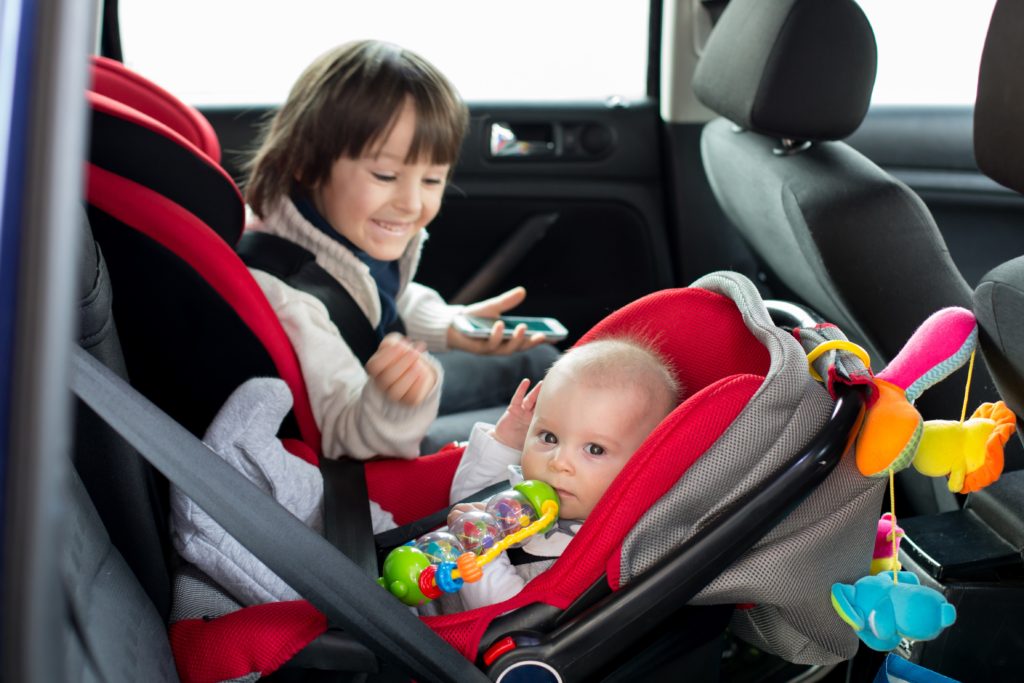
When to change car seats?
You can choose a car seat for your child based on their height or weight.
- Height-based seats are named i-Size seats
- Weight-based seats offer a variety of choice: 0kg to 9kg or 13kg, 9kg to 18kg and 15kg to 36kg
There are three main types of safety seats: infant, convertible and booster. The one you choose depends on the age and stage they’re at:
- Infant
These rear-facing seats are perfect for babies. Whilst there are convertible car seats safe to use at this stage, parents often opt for infant seats in the first year. Trust us, they’re a lot more convenient! Designed with new-borns in mind, their harnesses and recline positions are made specifically for teeny tots. - Convertible
Used as a rear-facing seat first, then switchable to a forward-facing one, convertibles offer a two in one solution! Once your cutie has reached the right size, they can have all the joy of a forward-facing seat. Many also have the benefit of converting from a 5-point harness to a no-back booster. This means it’ll grow with your bub from toddler to tween. - Booster
Even though your cheeky monkey may try to convince you otherwise, children who have outgrown their car seats, still aren’t ready for a seatbelt alone. It’s now advised they stay in high-back booster seats from 15kg to the maximum 36kg (or 135cm).
Can children sit in the front seat of a car?
Whilst children are expected to travel in a suitable car seat, there are exceptions:
- Short distance journeys like unexpected emergencies, and only if they’re over three years old.
- Journey in a minibus, minicab, taxi, coach, or van (but not in the front).
- If three children are travelling in the back of the car and the third car seat will not fit in, then that child may travel without one. However, again, this only applies if they’re over three.
The same guidelines apply for children with disabilities or medical conditions. However, they can use a seat belt or restraint designed specifically for their needs. In some circumstances, your doctor can issue an exemption certificate.
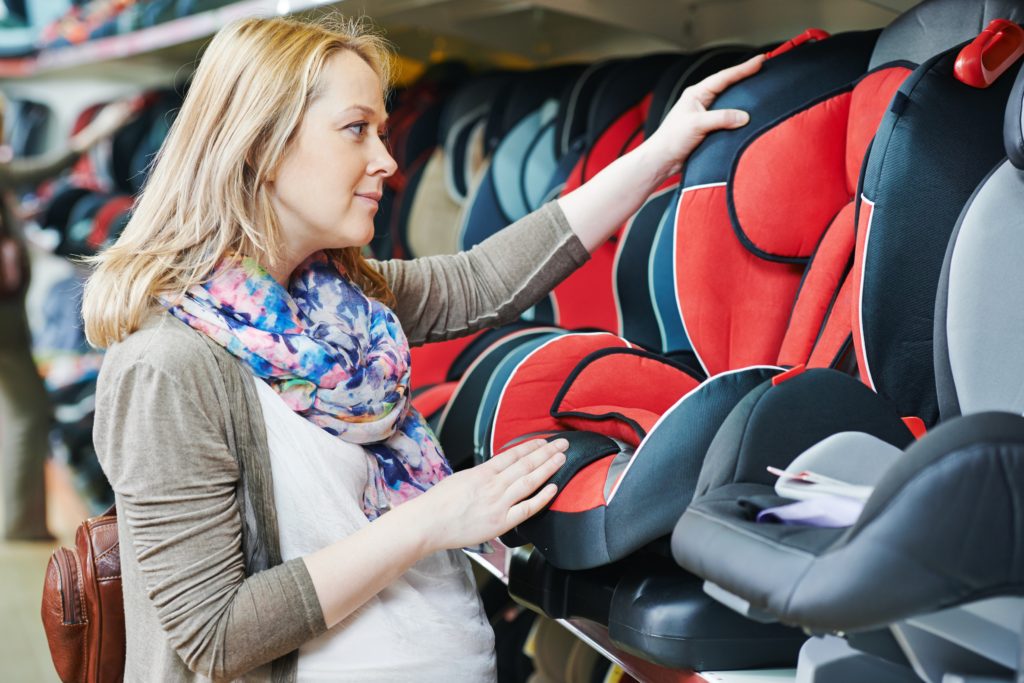
When can a child stop using a car seat?
It may come as a surprise; it wasn’t until 2006 that car booster seats for children up to twelve years old (or under 135cm) became compulsory. After this – you can introduce a seatbelt on its own! Remember – until they reach 14, it’s your legal duty, to make sure all little passengers riding in your car are strapped in.


